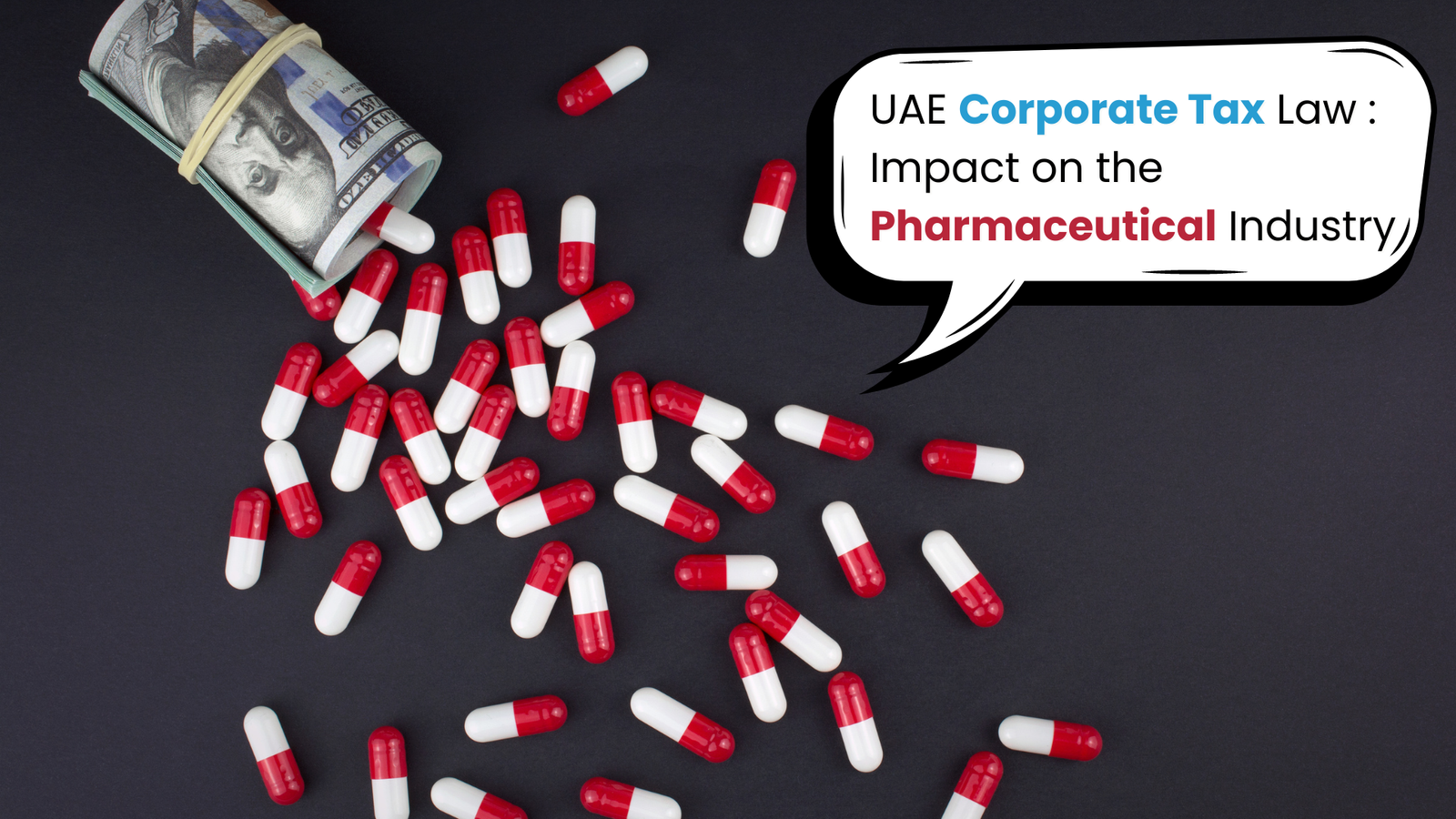Introduction
The United Arab Emirates (UAE) has recently embarked on a significant transformation in its financial landscape with the advent of the Corporate Tax Law, which came into effect from 1 June 2023. This fresh legislation, bearing a headline tax rate of 9%, is poised to cast a wide net of implications for all businesses functioning within the UAE, the pharmaceutical industry included.
The tax regime incorporates features that echo best practices in international taxation, coupled with several exemptions available for businesses operating across strategic sectors. Notably, free zone entities have the potential to maintain their 0% tax position, provided they meet certain conditions.
The unveiling of this tax law signifies a crucial turning point in the UAE’s economic narrative, as it pivots away from its long-established status as a tax-free jurisdiction. For the pharmaceutical industry, this could translate into a comprehensive reassessment of business models, pricing strategies, and overarching financial planning.
The objective of this blog post is to delve deep into the intricacies of this new tax law, shedding light on its potential impacts on the pharmaceutical industry in the UAE. We will scrutinize the specifics of the law, its implications for both resident and non-resident businesses, and the potential strategies that pharmaceutical companies can employ to navigate this novel financial landscape.
Join us as we untangle the complexities of the UAE’s Corporate Tax Law and its potential game-changing effects on the pharmaceutical industry.
How will the Pharma industry adapt in the face of these changes?
Comprehending the Corporate Tax (CT) rules and evaluating their implications is of paramount importance for all businesses operating in the UAE, to ensure compliance and optimize tax efficiency. Drawing from our experience, it is suggested that pharmaceutical companies might need to concentrate on two departments viz. Tax Considerations and Regulatory Considerations
Analysis of Tax and Regulatory Considerations
| FOCUS AREAS | TAX CONSIDERATIONS | REGULATORY CONSIDERATIONS |
|---|---|---|
| IMPACT ASSESSMENT | Conduct a CT impact analysis, mapping the tax implications of all business activities, the effect on profitability, and the businesses' effective tax rate. Reconsider the pricing of products or services and agreement terms to ensure business profitability. | Any proposed changes to pricing must be scrutinized against the relevant pharmaceutical regulations, including pharmaceutical pricing controls. |
| BUSINESS RESTRUCTURING | Assess if the business structure necessitates restructuring, particularly if UAE Free Zone entities have non-passive income sourced from the UAE mainland. | The incorporation of new entities into the business structure may necessitate obtaining the appropriate commercial licenses and regulatory approvals. |
| TRANSFER PRICING | To ensure arm's length terms for related party transactions, reassess any pricing for related party products or services and ensure such transactions are adequately backed by transfer pricing documentation. | Consider the potential adverse impact of pharmaceutical laws and regulations on such arrangements. |
| COMPLIANCE | Ensure the business is registered for CT with the Federal Tax Authority, is prepared to file CT returns within the stipulated deadlines, and maintains sufficient documentation to support CT filings. | Ensure adherence to any obligations imposed by the relevant authorities that regulate the business entities or their activities. |
Impact analysis on Life Sciences ?
As the landscape of business models and regional regulations evolves, tax planning has become increasingly intricate. The implementation of Corporate Tax (CT) in highly regulated sectors, such as the life sciences industry, necessitates a thorough evaluation of any changes to the business model against the industry’s governing laws and regulations. This is crucial to prevent inadvertent breaches of regulations, such as controls on product pricing and restrictions on entities permitted to conduct pharmaceutical sales.
The introduction of CT will have implications for pharmaceutical companies, regardless of their operational structure – whether they maintain their own trading entities in the region, utilize third-party distributors, have established a representative office, or have entered into toll manufacturing arrangements.
A significant number of pharmaceutical companies depend on third-party distributors. However, the structure of these distribution arrangements may trigger CT exposure. Additionally, while scientific offices/marketing firms (SOs) are primarily restricted to promotional activities, some SOs operate beyond these boundaries, potentially leading to CT exposure.
Conclusion
In conclusion, the UAE’s new Corporate Tax (CT) law presents a significant shift for businesses, including the pharmaceutical industry. This change requires careful navigation, considering the potential for CT exposure and the need for regulatory compliance.
At Protax, we specialize in understanding these complexities. We invite pharmaceutical businesses to leverage our expertise for a comprehensive Corporate Tax Impact Assessment and implementation strategy. Our team is ready to guide you through this transition, ensuring compliance and tax efficiency. Reach out to us today – let’s navigate this new tax landscape together.
